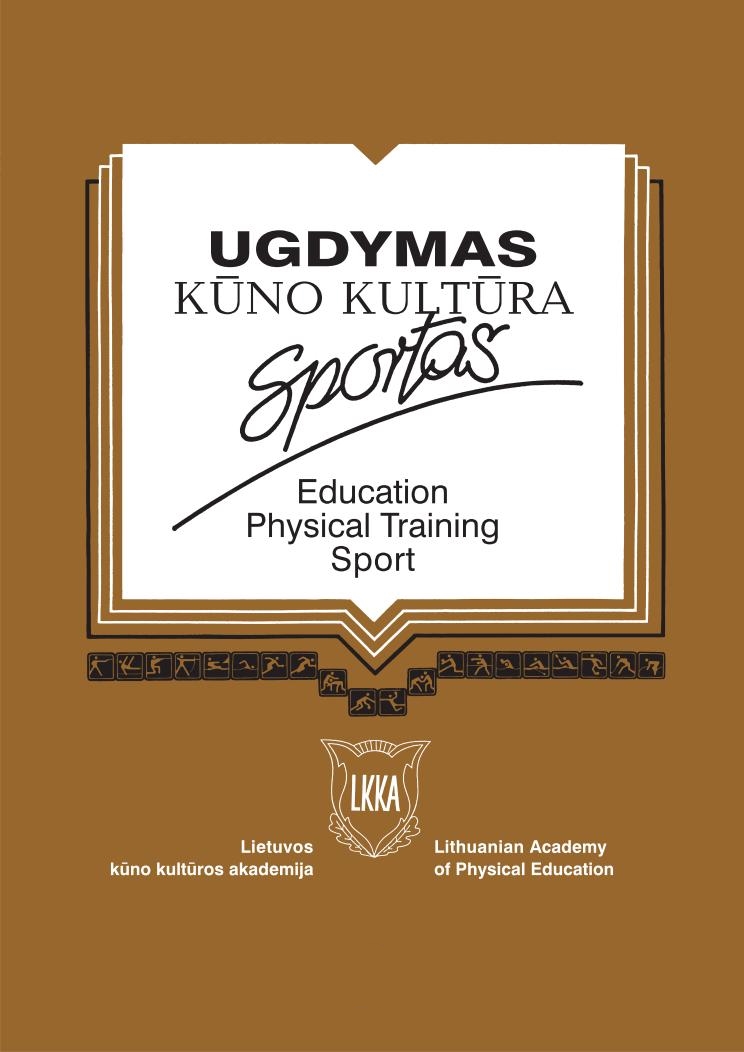Analysis of the Kinesiology of Skate Skiing and Roller Skiing
Abstract
The peak of human locomotive ontogenesis is unsupported bipedal walking. We can assume that the patterns for locomotion in sport correspond to the patterns for walking. In this study the coordination of motion in six selected key muscle groups and one control group was observed during the use of cross-country skis with ski-poles on snow (free form, skating), and compared with the coordination using roller skis with poles on asphalt. The comparison was carried out skating up a slight slope. Intraindividual analysis of these forms of locomotion was based on surface electromyography (EMG) synchronized with digital video recorded in vivo on site. The data acquired were evaluated by calculating the area under the EMG curve recorded for each muscle under observation. The probability values acquired in this way roughly show the activation and work of the monitored muscle. An ordering of local maximums within a given step cycle was established in order to judge the coordination of motion. The measured data confirmed the phenomenon of triple extension in the lower limbs as well as the phenomenon of pelvic stabilisation in the frontal plane in the single-support position. This stabilisation is ensured by the musculus gluteus medius, which was the only muscle measured to show a different ordering of local EMG curve maximums (timing) when comparing the whole cycle of skiing locomotion on asphalt and on snow. The peaks of activity for this muscle were localised outside the activity peaks of the musculus latissimus dorsi, which is considered the deciding muscle for locomotion realised through the shoulder girdle, but which also performs a stabilising function. Thus both muscles alternate in ensuring stability. The results of the pilot study described demonstrate sufficient kinesiological correspondence between locomotion on skis and on roller skis with poles to confirm the suitability of regular use of roller skis as a specific training instrument for skiing.
Keywords: human locomotion, electromyography, skating on cross-country skis and on roller skis.
Downloads
Published
Issue
Section
License
Copyright (c) 2018 Baltic Journal of Sport and Health Sciences

This work is licensed under a Creative Commons Attribution 4.0 International License.






